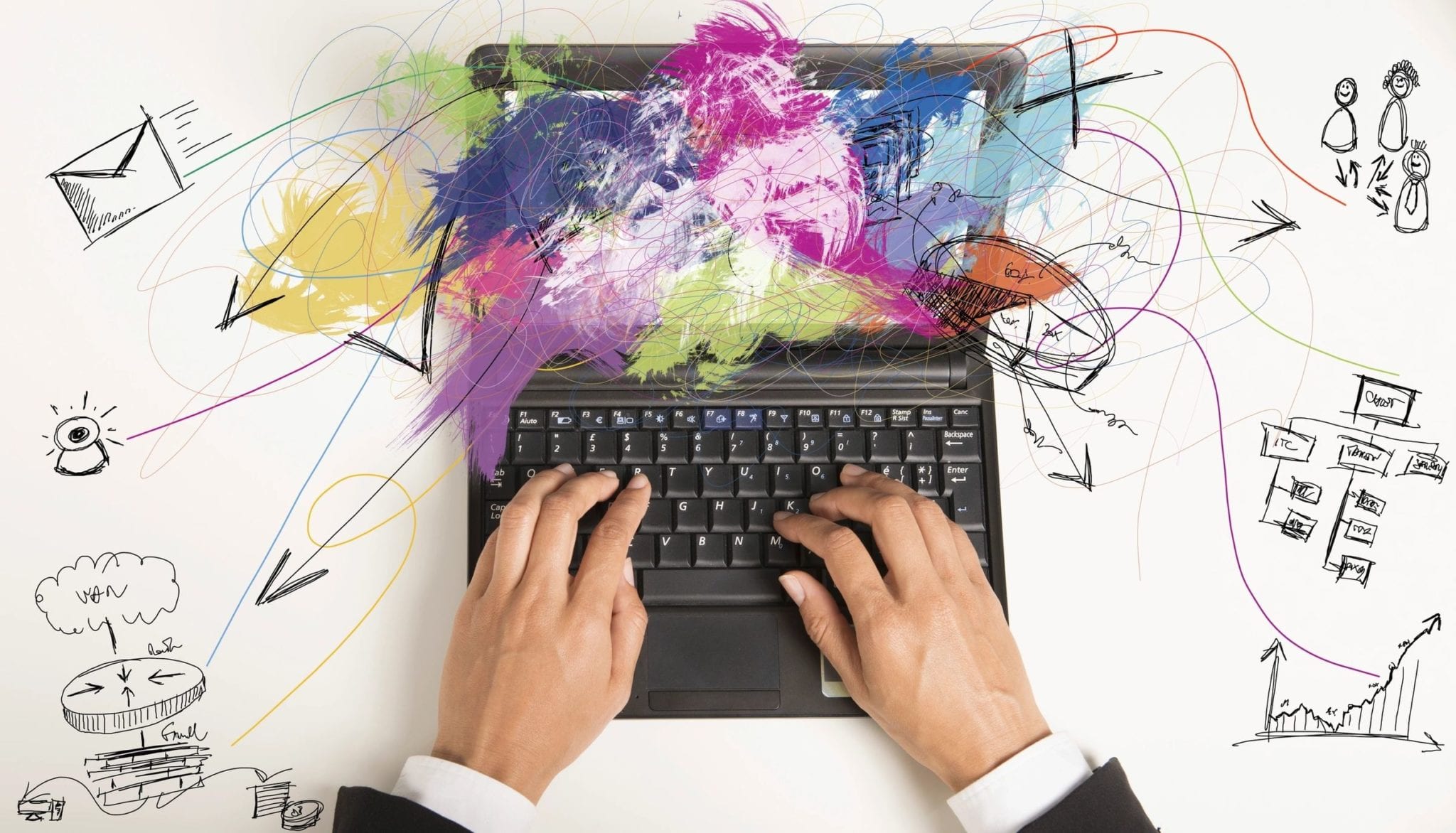“Connect, create meaning, make a difference, matter, be missed” – Seth Godin, entrepreneur, and author.
When was the last time you were blown away by a truly great ad? Possibly at Christmas, when retailers pour monster budgets into mini-movies designed to create that festive feeling?
As for the rest of the year – not so much. That’s because in an age of cost per mile, algorithms, and social shares, brands seem to have forgotten the very thing that makes their ads stand out – creativity. It’s the one thing we humans are good at, an area in which machines will never surpass us.
But it’s not the fault of brands exclusively. Over the past decade, the monolithic media duopoly of Google and Facebook has made assembling and tracking online ads incredibly simple. Google, for example, majors on its Ads App Campaigns.
It gives you everything you need to drive app installs, including machine learning, to plan the campaign and automate the production of ads. The hardest decision you face is how much to spend.
It can surely only be a matter of time before you’ll be able to hire robots to watch the ads and buy the products, too.
Given the simplicity of digital advertising and its measurability, it is not surprising that brands are churning out boatloads of online content. Market research firm eMarketer reported that over $270 billion was spent on online ads last year and that digital channels will overtake traditional ones by 2021. A great deal of that goes to the duopoly of Facebook and Google.
True Creativity
For consumers, a few lines of clickbaity text and a stock image are never going to generate that fuzzy warm feeling they got from the best creative advertising – such as Cadbury’s Dairy Milk gorilla drummer and his pitch-perfect Phil Collins impression, or Budweiser’s addictive ‘Wassup’ campaigns. Such work took imagination and guts.
No robot could have thought up such a campaign, only because it makes no logical sense. But some crazed lateral thinking drew together several random thoughts into something genuinely different. And it worked. Chocolate? A gorilla? Drums? Phil Collins? No, that couldn’t possibly work… but it does.
Today, such spontaneity is nowhere to be seen—banal homogeneity rules.
Happily, there is a solution – augmented reality (AR). What I love about AR is that it puts creativity back into the hands, not just of the marketer, but also their audience. It can be used to deliver memorable and innovative campaigns that crucially the consumer feels part of. Via AR, they really can interact with products in lateral and exciting ways.
Recent AR-based campaigns have become significantly more sophisticated, driven by the high-quality AR software that is available via the latest mobile phones.
A fantastic recent example is Burger King’s campaign in Brazil, which provocatively encouraged users of its app to seek out McDonald’s billboards with a phone in hand. When they pointed their cameras, the ads burst into flames revealing a voucher for a free Burger King Whopper.
The other key element that will shape the future of advertising is personalization based on customization and Face AR, the technology that Banuba, the Face AR company researches. These are ways in which cameras on devices use augmented reality to create, for example, filters, avatars, beautification options, and more. Just the sort of kit that brands and consumers can play with to create original, memorable, and clever content, possibly involving gorillas.
Here’s another thing about AR ads. They sidestep all the data and privacy scandals that dog some online campaigns. They are tailored for organic interest, reducing the worry that consumers will think sinister algorithms are stalking them.
They also reinvent engagement levels. The duopoly has ramped up the importance of analytics for marketing managers in a way never seen before. What really is the value of a casually-given like or click? It’s not much compared with the immersive experience and interaction that AR campaigns can offer brands.
In tough markets, ineffective and outdated marketing is dying on its feet. Immersive, playful, personal AR-driven advertising breaks this cycle of a repetitive, monopolistic way of operating. Its time has come.
Conclusion
The Face AR technology is already here, and it is set to transform, and it is set to change the way brands advertise completely and how marketers reach, convert, and understand customers. This high tech presents a massive opportunity to test and experiment with different ways of approaching customers and hence realize substantial ROI. Brands and marketers that understand how the shift in digital advertising in dimension — from 2D to 3D — is enhancing advertising opportunities, internal team skills, and customer engagement while posing new concerns and challenges to others will be those that have a leg up in the decades to follow.
DepositPhotos – creativity


